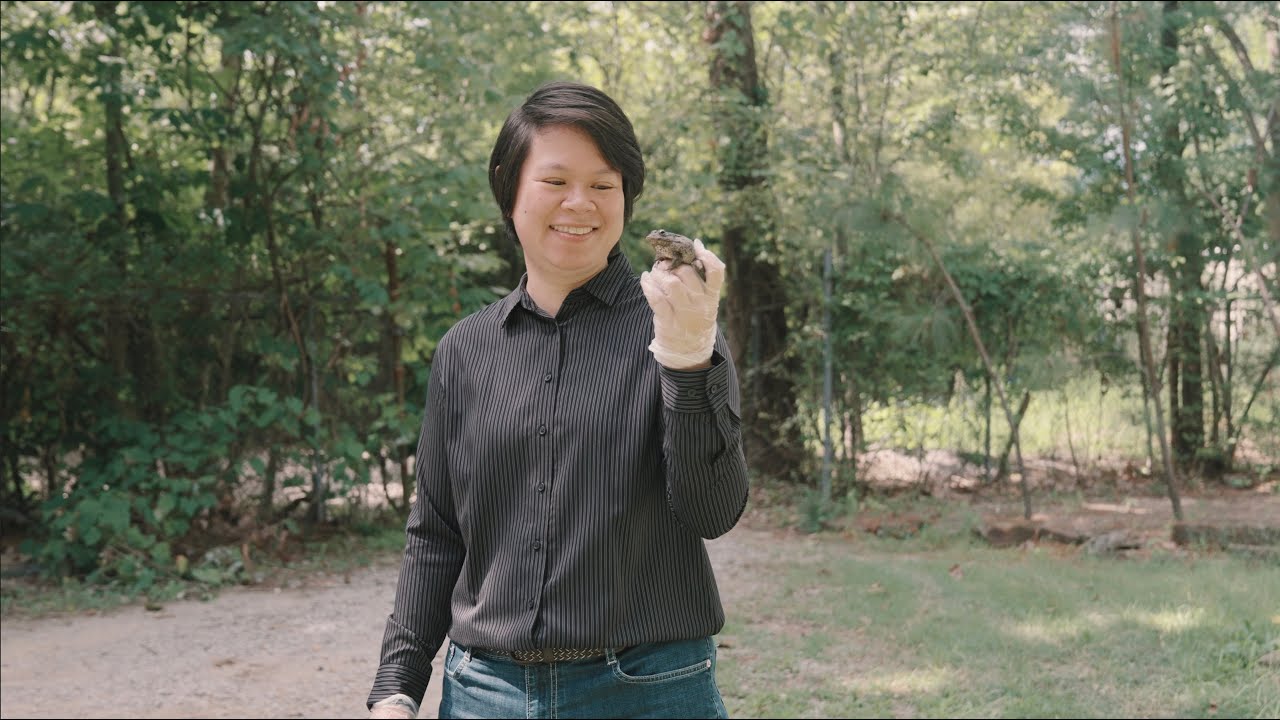Summary:
1. The critical importance of conservation efforts in saving species threatened with extinction.
2. The incredible success achieved in thconservinghe the critically endangered Dusky gopher frog.
3. A look into the collaborative efforts between researchers and conservationists to protect wildlife.
4. The need for continuous support and funding to sustain conservation projects.
5. The ultimate goal of saving species and preserving biodiversity for future generations.
Are our efforts raking an impact on species threatened with extinction? This question plagued researchers, conservationists, and animal lovers alike. The plight of endangered species is increasingly apparent, with habitat loss, poaching, and climate change threatening their existence. However, amidst the gloom and doom, success stories shed a glimmer of hope. In this CLE, we delve into the remarkable accomplishments of conservation efforts, focusing on the critically endangered Dusky gopher frog.
Enter Dr. Sinlan Poo, the Curator of Research, and Allison Bogisich, a dedicated Research Associate. Together, they have spearheaded a conservation project to rescue the Dusky gopher frog from the brink of extinction. This remarkable amphibian is found only in a few remaining ponds in Mississippi, making it particularly vulnerable to any disruption in its habitat.
At first glance, the odds seem stacked against the Dusky gopher frog. Its population has dwindled to alarming numbers, primarily due to habitat destruction caused by human activities. The invasive species and pollution further exacerbate the plight of this already critically endangered creature. However, Dr. Sinlan Poo and Allison Bogisich do not shy away from a challenge.
The conservation effort for the Dusky gopher frog began with a thorough understanding of its natural habitat and specific survival requirements research; it revealed that the frog requires a diverse habitat, including temporary ponds, upland forests, and caves for breeding and hibernation. ArmWithis knowledge, Dr. Poo and Allison embarked on a mission to recreate these essential conditions in a protected area and establish a breeding program.
One of the significant challenges faced by the research team was the limited number of individuals left in the wild, making genetic diversity a pressing concern. In such cases, the establishment of a captive breeding program becomes crucial. Through collaboration with other institutions and zoos, they successfully collected several individuals to start the captive population. This step alone might seem small, but it represented a significant victory indespiteeemingly insurmountable odds.
The breeding program, initiated with careful planning and dedication, has flourished over the years. Today, the captive population of Dusky gopher frogs stands at a healthy number, thanks to the tireless efforts of Dr. Poo, Allison, and their team. Pieces of the conservation puzzle began falling into place, but more work lies ahead to restore and protect their natural habitat, enabling the survival of this unique and fascinating species.
Conservation efforts are not limited to merely breeding programs. Researchers and conservationists continuously monitor and study the species in their natural environment, identifying potential threats and developing mitigation strategies. By understanding the ecological nuances of the Dusky gopher frog, such as its diet, behavior, and movement patterns, researchers can tailor conservation plans specific to their needs.
ThCollaborationetween researchers and conservationists are an identical and successful conservation project. It is a partnership that requires constant communication, knowledge sharing, and a common goal of saving species and protecting wildlife. Dr. Poo and Allison have actively engaged with local communities and stakeholders, raising awareness about preserving the Dusky gopher frog and its fragile ecosystem.
While the accomplishments of the conservation project for the Dusky gopher frog are undeniably praiseworthy, the battle is far from over. Continuous support and funding are crucial to sustaining progress and securing this endangered species’ future. Public involvement, through monetary support or volunteer work, can make an immense difference in the success of conservation efforts.
Saving species and protecting wildlife is not just a moral obligation; I but an investment in our future. Biodiversity, the intricate web of life, provides numerous benefits to humans, ranging from medicinal discoveries to ecosystem services. Each species lost to extinction represents a piece of the puzzle that may hold valuable insights for our world. By conserving endangered species like the Dusky gopher frog, we preserve the threads that hold our ecosystems together, ensuring a thriving planet for future generations.
In conclusion, our efforts indeed do make an impact on species threatened with extinction. The conservation achievements for the Dusky gopher frog exemplify the power of research, collaboration, and determination in saving endangered species. Dr. Sinlan Poo, Allison Bogisich, and their team have shown us how dedicated individuals can turn the tide against extinction, inspiring us all to join the fight to protect our wildlife and preserve the rich tapestry of nature. Together, we can make a difference and secure a future where endangered species thrive alongside us.
*****
Source Description
Our mission is save species and protect wildlife, but are our efforts reaimpactingecies threatened with extinction?
Curator of Research Dr. Sinlan Poo and Research Associate Allison Bogisich provide insight into one of our conservation projects — the critically endangered Dusky gopher frog — and the real, measurable success being made to save the species.

